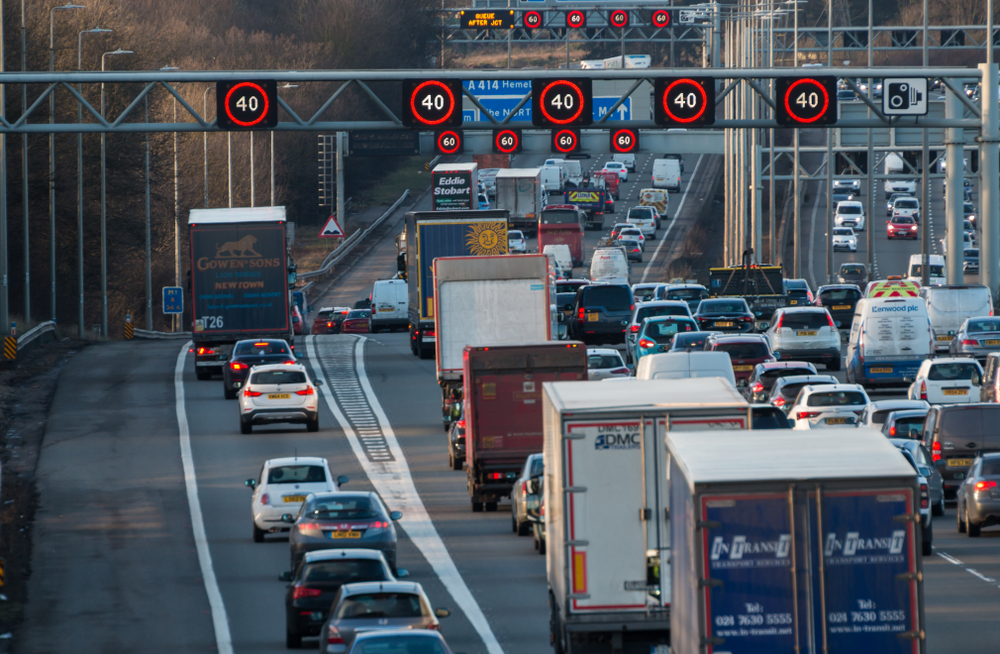
As part of an ongoing series highlighting the work and innovation of Hanwha Vision’s valued technology partners, Katerina Fischerova, Project Manager at FF Group discusses the need for edge solutions for traffic and parking management.
Can you explain more about FF Group’s work?
FF Group is an innovative data solution provider with over a decade’s experience creating edge and data solutions tailored to road traffic, parking vendors, and integrators. Our solutions are out-of-the-box, making edge intelligence easy and cost-effective to implement. Our team focuses not only on generating road traffic metadata but also in processing and analyzing it and providing comprehensive insights for users.
Please briefly introduce yourself, your role at FF Group and what that involves.
As the Hanwha Project Manager at FF Group, I provide project support for developing ANPR and AI applications for Hanwha cameras. One of my responsibilities is to work with Hanwha Vision on key projects and implementations, including product development. We work closely with Hanwha Vision’s engineering teams and technical support to ensure our mutual customers have everything they need to succeed with our products.
Great, and can you describe your work with Hanwha Vision in more detail?
We have worked fruitfully with Hanwha Vision for a long time, developing ANPR and AI applications for various Hanwha camera models, from the popular mid-range series to premium cameras designed for large and complex projects. This close partnership has enabled the FF Group team to become familiar with the cameras, ensuring our applications are as effective as possible.
In fact, our algorithm that recognizes licence plates and classifies all vehicle parameters is created directly on the Hanwha Vision camera. This AI at the edge has several benefits over server-based AI, including lower bandwidth needs and costs, as less data is transmitted back to a server. Cost of ownership is also lowered, and there can be vital sustainability gains without the need to maintain a large server room.
Only a few camera vendors on the market can provide a camera that has high-quality recognition of vehicle brands and models. The combination of FF Group and Hanwha Vision makes for a powerful and highly effective sensor in the intelligent traffic monitoring market that can accurately capture vehicle information in various traffic conditions.
What innovations in video surveillance technology are you most excited about?
The new AI capabilities coming to the video sector are really opening up new possibilities for analysis and insight. Indeed, it’s becoming possible to run several AI applications in parallel that are expanding the capabilities and potential for AI cameras. It’s also worth noting the increased awareness among security leaders of AI at the edge and its benefits for efficiency, cost, sustainability, implementation, and more.
We are also delighted to see Hanwha Vision focusing more on the production of specialised cameras for ANPR and road traffic monitoring, such as the TNO-7180RLP high-speed ANPR camera – offering a range of specialised road traffic cameras will better meet the needs and budgets of different organisations, while increasing the prevalence and uses of such devices on our roads.
What challenges do you see end users facing when using video?
A common challenge involves the frustration of sifting through hours of footage to find the right information about an event or vehicle. Modern-day cameras are creating vast amounts of data, and using this effectively will help operators identify a vehicle and gain wider insights into road and car park usage, violations, seasonality, and more.
ANPR is becoming more advanced to support this too, with make, model, colour, and type recognition a recent development that can help with investigations and eyewitness accounts. It also makes searching through footage quicker since operators can rely on vehicle makes, models, and colours.
On a citywide level, these additional insights from ANPR cameras can help with proactive planning to make roads safer and more pleasant to drive on. ANPR data can support surveys that look into whether a road needs to be widened, where to implement congestion zones, or to understand the potential impact of new bus and cycle lanes. Where heavy vehicles are often identified as passing through, roads can be reinforced to reduce damage or weight restrictions proactively can be implemented.
Advancements in deep learning AI technology have proven to be highly versatile, finding applications in numerous fields, ranging from law enforcement to traffic management, infrastructure planning and beyond.


